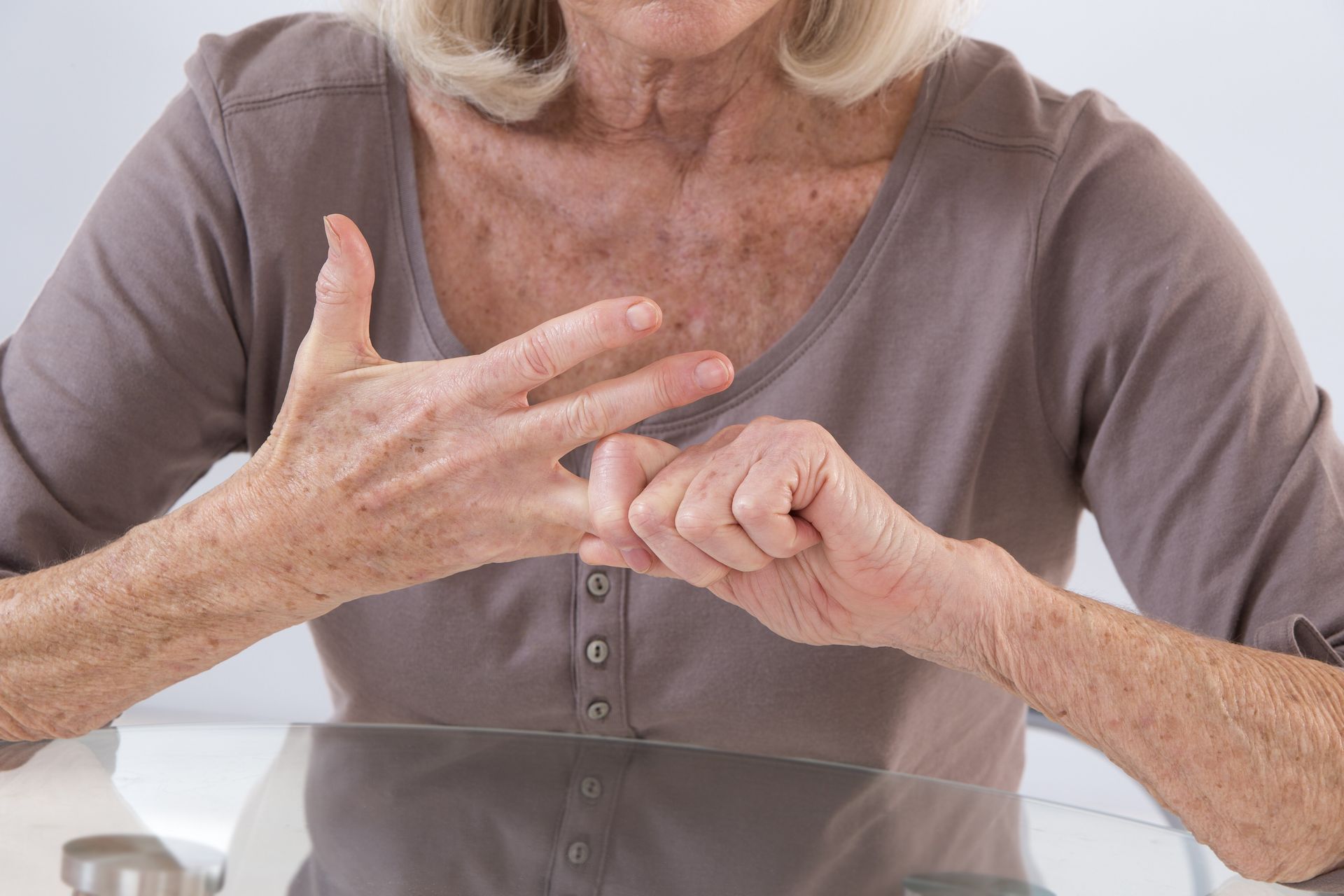Customized Exercise Programs
In addition to educating large groups of people through lecture series, Frank specializes in setting up customized exercise programs. Frank believes that not all exercises should be the same for each individual, because we all have different histories and postural deviations.
“In March of 2015, I was having significant problems with my left shoulder and was experiencing adhesive capsulitis. I was seen by the chief of orthopedic surgery at Aventura Hospital, and he recommended Frank Musumeci to me a therapist and personal trainer. Frank is truly a genius when it comes to biomechanical matters. His experience as a trainer with the Miami Dolphins, heading up his own physical therapy office, and working at Pritikin, has given him a wealth of knowledge and experience from which to draw his always accurate insights.”
– Franklin Siegel, Attorney And Counsellor At Law
Arthritis Pain
Although there are many categories of arthritis, the two main ones are rheumatoid arthritis and osteoarthritis. Most commonly, individuals suffer advanced degenerative changes to the hip, knee and spine. When arthritis affects these joints, it can be particularly difficult to remain consistent with cardiovascular exercise. It can also be difficult to continue to recreate or perform activities of daily living. As a result many hip and knee joint replacement surgeries are performed on the baby boomer and senior population. Often times wrong exercise choices can accelerate the need for these surgeries; conversely proper therapeutic exercise choices can postpone and in some case eliminate the need for these surgeries.
Frank educates individuals about alternative treatment options, activity modification and proper exercises that can help to increase the longevity of these joints. There are better exercise choices that can help one achieve their cardiovascular goals while simultaneously protecting vulnerable weight bearing joints. There are also important exercises that can actually help to improve the loss of joint space in these arthritic joints. Additionally, having the proper shoe wear can also influence the amount of impact applied to these weight bearing joints. Frank understands the biomechanics of these joints and can assess for additional pain contributions, such as patellofemoral syndrome, etc. He assesses underlying contributions and then educates and implements a more individual exercise program.
Knee Pain
Knees seem particularly vulnerable with each passing decade. We need to assess the pain. What’s causing it? Is it, for example, related to the way your heels are striking the ground? Or the overall way you walk? Or the shoes you’re wearing? Or the type of exercise you’re currently doing? Even being a few pounds overweight results in added stress at the knee joint.
By looking at the body biomechanically, we often find that people are exercising incorrectly and often making pain worse. While age has a way of sneaking up on us all, we work with each individual to minimize and sometimes even eliminate knee pain.
If knee pain prevents you from being as active as desired, then
Pritikin's Back and Joint Pain Prevention Package is right for you.
Neck and Back Pain
Often, a common source of lower back and neck pain as well as scoliosis can actually be caused by a leg length discrepancy which frequently goes undiagnosed through out one's lifetime. Addressing this potential problem, can often be easily remedied when recognized. Being cognitively aware of common aging principles of the spine is the first step at managing and preventing pain, which often leads to unnecessary surgeries and medications. Just like we purposely eat appropriate foods, for good cardiovascular health, we can also employ appropriate exercise options to promote good spinal health as well.
Proper lower extremity flexibility and core stabilization exercises can help reduce your back and neck pain.
Shoulder Pain
One of the most common causes of shoulder pain among the baby boomer generation is called "shoulder impingement syndrome". It is particularly frequent among tennis players and golfers, but it can also easily happen when overstretching to reach for something. This impingement syndrome is a mechanical repetitive impingement or "pinching" of the soft tissues of the shoulder, mainly the rotator cuff tendons, and the bursa sac. This mechanical problem often is exacerbated by improper exercise choices, and activities of daily living. These "wrong" exercises often contribute to tearing delicate rotator cuff tendons and development of bone spurs. This repetitve process then can lead to pills, cortisone injections, and painful rotator cuff repair surgeries and rehabilitation.
Pills and shots should only be used as adjunctive therapies. In an attempt to avoid further injury and/or surgery, a more effective long term management strategy should include assessing one's strength, tightness and posture. Additionally, activity modification and implementing appropriate exercise choices is essential. If one would like to continue playing recreational sports, then they should train appropriately to lessen their risk for common injuries. Educating people on how to manage this common condition is what Frank specializes in and this education becomes more important and necessary with each decade of our lives.




